Wildlife photography doesn’t always need to be colourful. Tom Mason shows us how to get the best results in black and white.
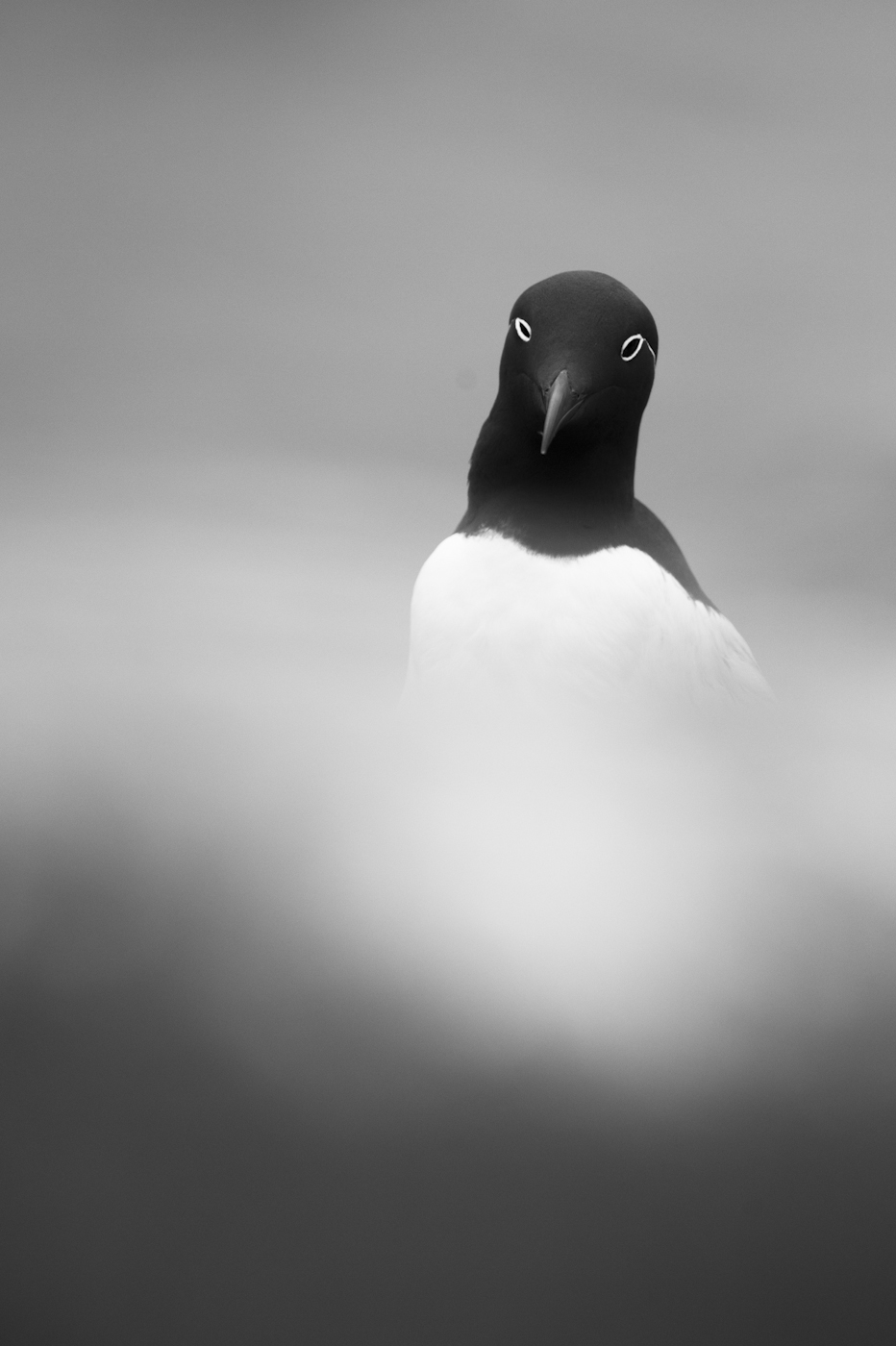
When photographing wildlife, colour is often a huge part of the images we produce. The plumage of a bird or the fur of a mammal can provide distinct contrasts that help give emphasis and impact in our images.
When working with wildlife over the last few years, I have become increasingly interested in working in black and white. With colour removed from the equation, I look to produce images that can reflect and portray the beauty of nature in monochrome.
When producing images in black and white, it is not just a case of clicking the grayscale icon in Lightroom. Certain images work well, whilst others seem to have no personality in the medium. They instead appear as obvious conversions, lacking thought or foresight; not true black and white images.
Black and white wildlife photography is all about seeing tones, lights and shadows and it can be a fantastic challenge. It’s a great way to see the natural world differently and so to help you get started, here are some of my tips for creating striking images in black and white.
(We've got a complete guide to black and white portraiture here too )
Subject choice
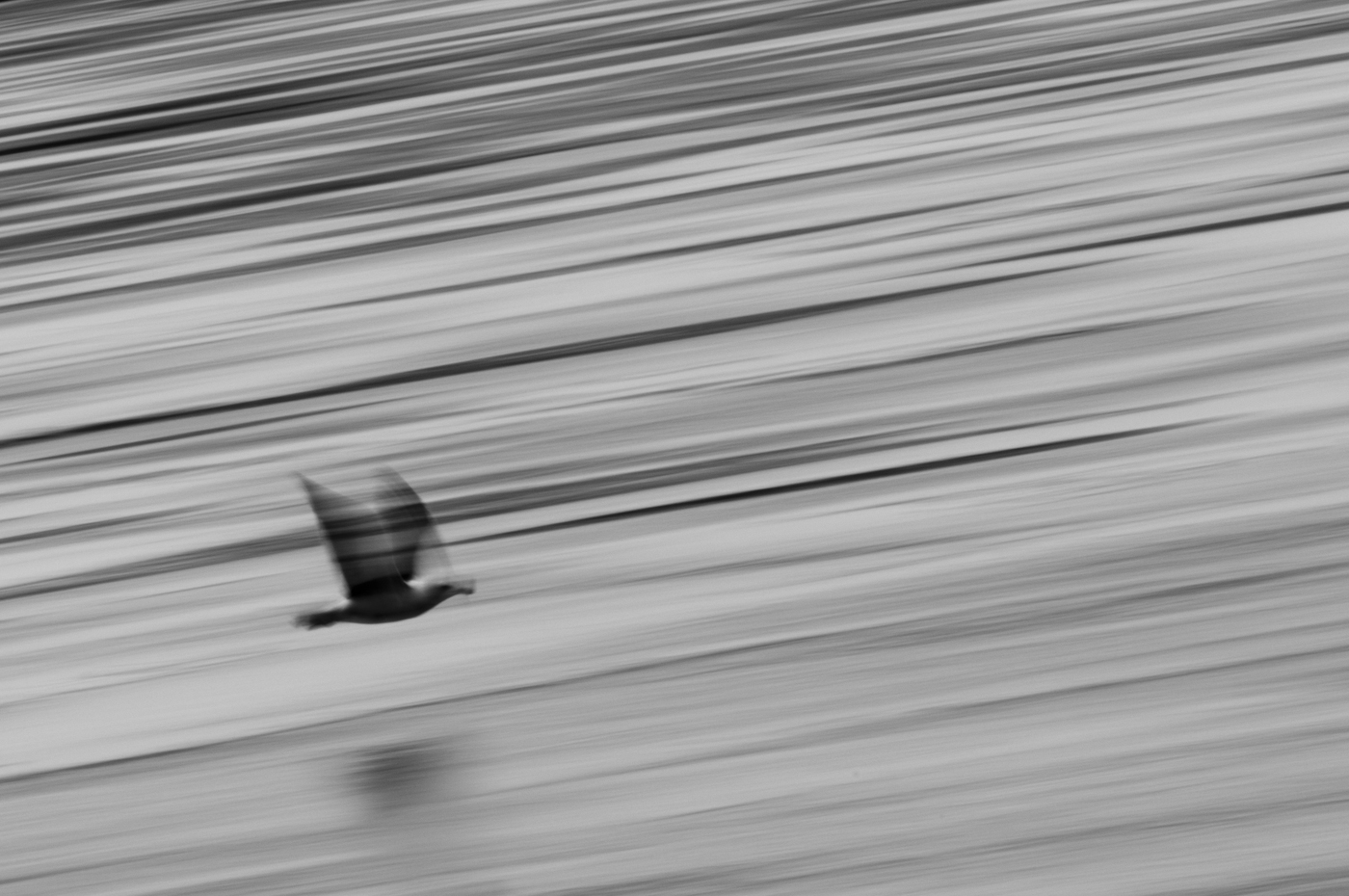
When looking to create striking images in black and white, subject choice is paramount. When choosing subjects, consider the below themes and they will help you to identify images that are likely to work well within the medium.
Contrast - In the modern digital age, having stark contrast in our images can look unnatural and wrong but in monochrome, contrast allows subjects to become accentuated in the frame, standing out in the images we shoot. On bright days, dark shadows and highlight areas create excellent contrast for black and white photography. Trying to focus on images that have defined black and white sections within each frame will help you to create impressive black and white images.
Tone - Since we look at the world in colour, it is important to take into account the tone of the various shades when thinking about black and white photography. Images that may look good in colour (for example a poppy in a green field) will not necessary look great in black and white, due to the green and red both being close in tonality. This similarity in tone will result in a reduced contrast between the corresponding greys in a black and white image.
Line and Pattern - Lines and repeating patterns work well in black and white due to the heavy contrast. Patterns seem to be very obvious and pleasing to the eye when working with this medium, creating striking images that can draw a viewer in. This could be the fur of a mammal or close-up feather details of a bird – or even the repeating veins in a leaf. Finding and working with pattern is an excellent way to produce stunning black and white results.
Composition
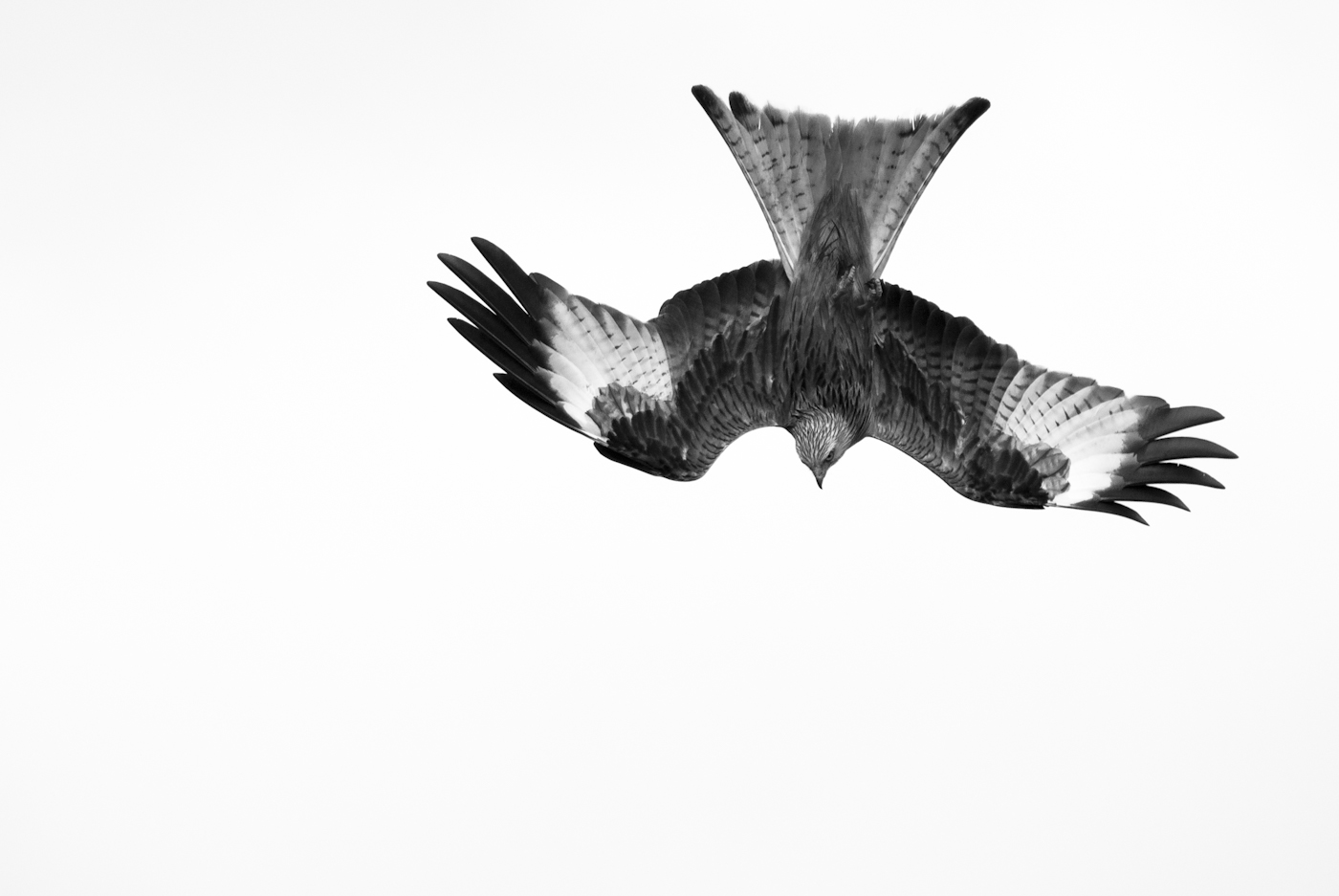
You might think that composing black and white photographs would be similar to composing a standard colour image, but in fact there are many additional elements that must be considered.
When shooting in black and white, the removal of colour reduces the viewer’s ability to lead the eye around the frame, especially if it is filled with distracting elements. With black and white you must concentrate on using highlights, lines, structure and shadows to direct the movement of your viewer’s eye. With the distraction of colour removed, we are stripped to the core of image production and our compositional technique is brought into scrutiny. Shooting in black and white can truly challenge the photographer, as we must foresee all the elements of the image in order to make sure the composition will be effective. In my personal experience, keeping it simple, with minimal elements, has always made the best shots.
Lighting
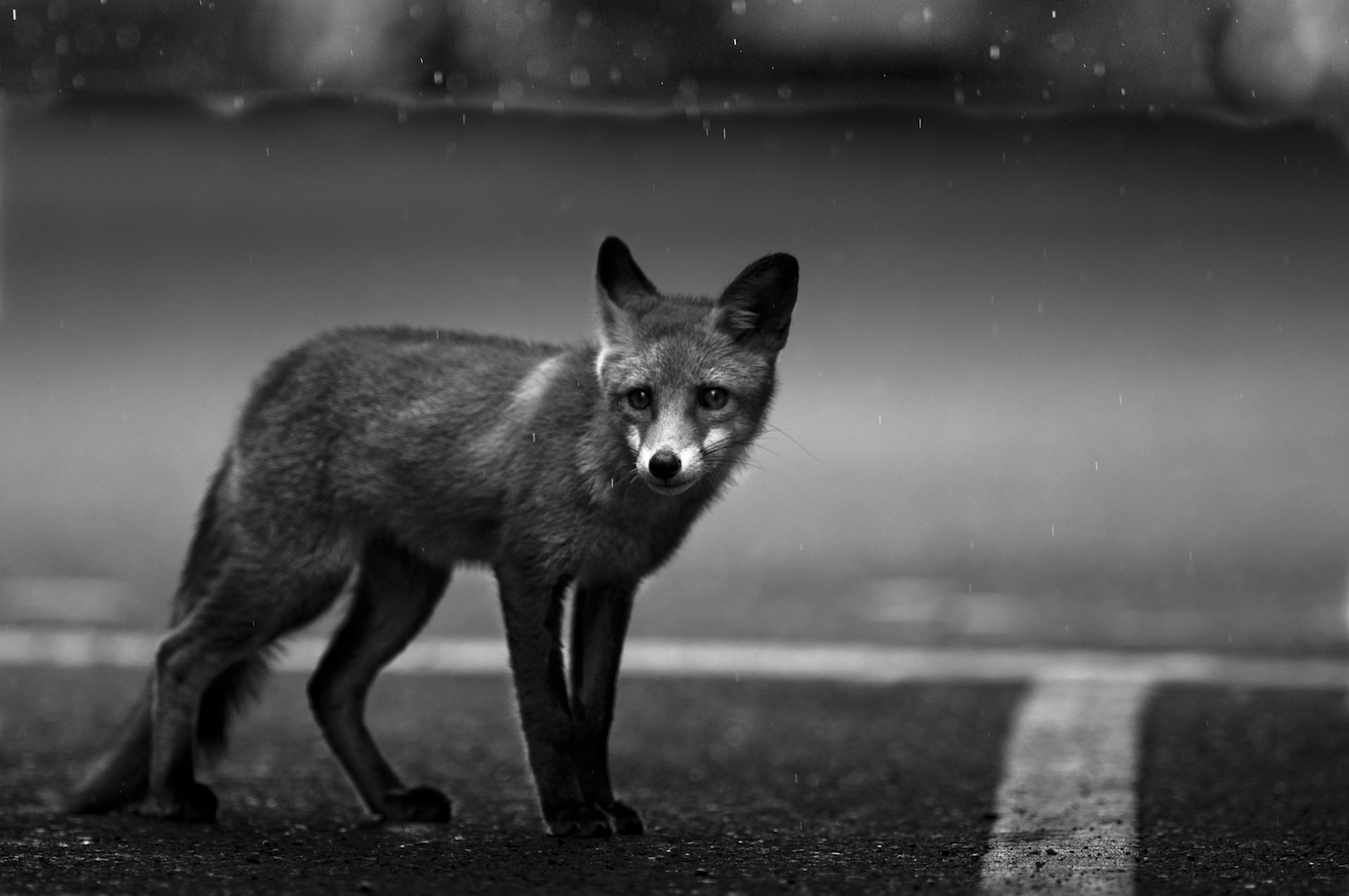
When photographing in black and white, lighting can transform an image. Soft diffused lighting allows for focus on the subtle changes in tone, whilst harsh light can result in powerful images with harsh contrast.
Side lighting produces dramatic black and white images. The direct lighting from the side illuminates the edges and forms of shapes producing highlights, whilst the rest falls into deep shadow to enhance the contrast of the scene. If you are concentrating on producing black and white images of the patterns found within the botanical realms, applying a torch to act as a side light can be a perfect way to accentuate petal definition.
One of the great things about shooting in black and white is that even on overcast days you can produce wonderful results. Often I would find that shooting colour images of birds in flight with white backgrounds looked horrible and unnatural, but in black and white, they come to life. The placement of the birds’ darker tones on a very light sky maximises the impact, resulting in the viewer’s attention being drawn to and held by the bird.
High-key and low-key images
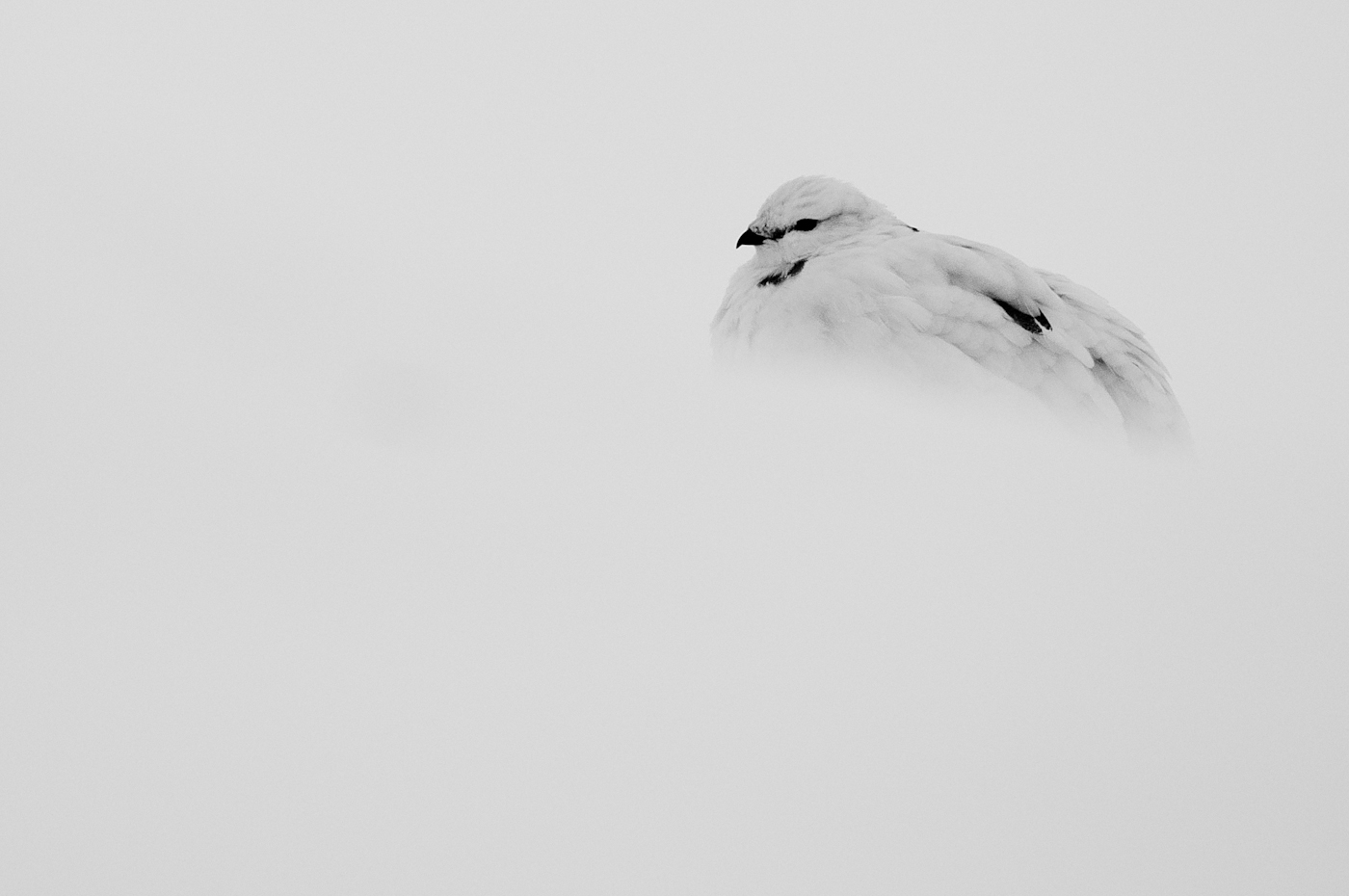
High-key and low-key images can be fantastic when rendered in black and white. The stark contrast gives a fantastic amount of strength to compositions and, when used effectively, can truly produce beautiful results.
Working in high key is brilliant in the natural world as there are often many ways to produce bright backgrounds, perfect for offsetting a darker subject. Birds in flight offer many opportunities on overcast days and if you are lucky, winter snow can transform a location into a high-key wonderland. The ptarmigan image, produced in November during a blizzard in the Scottish Highlands, provided a perfect subject for a high-key image. The bright white surrounding with no breaks or imperfections isolated the bird, helping to produce an image focused on the subject, whilst also giving a hint of the harsh environment it calls home.
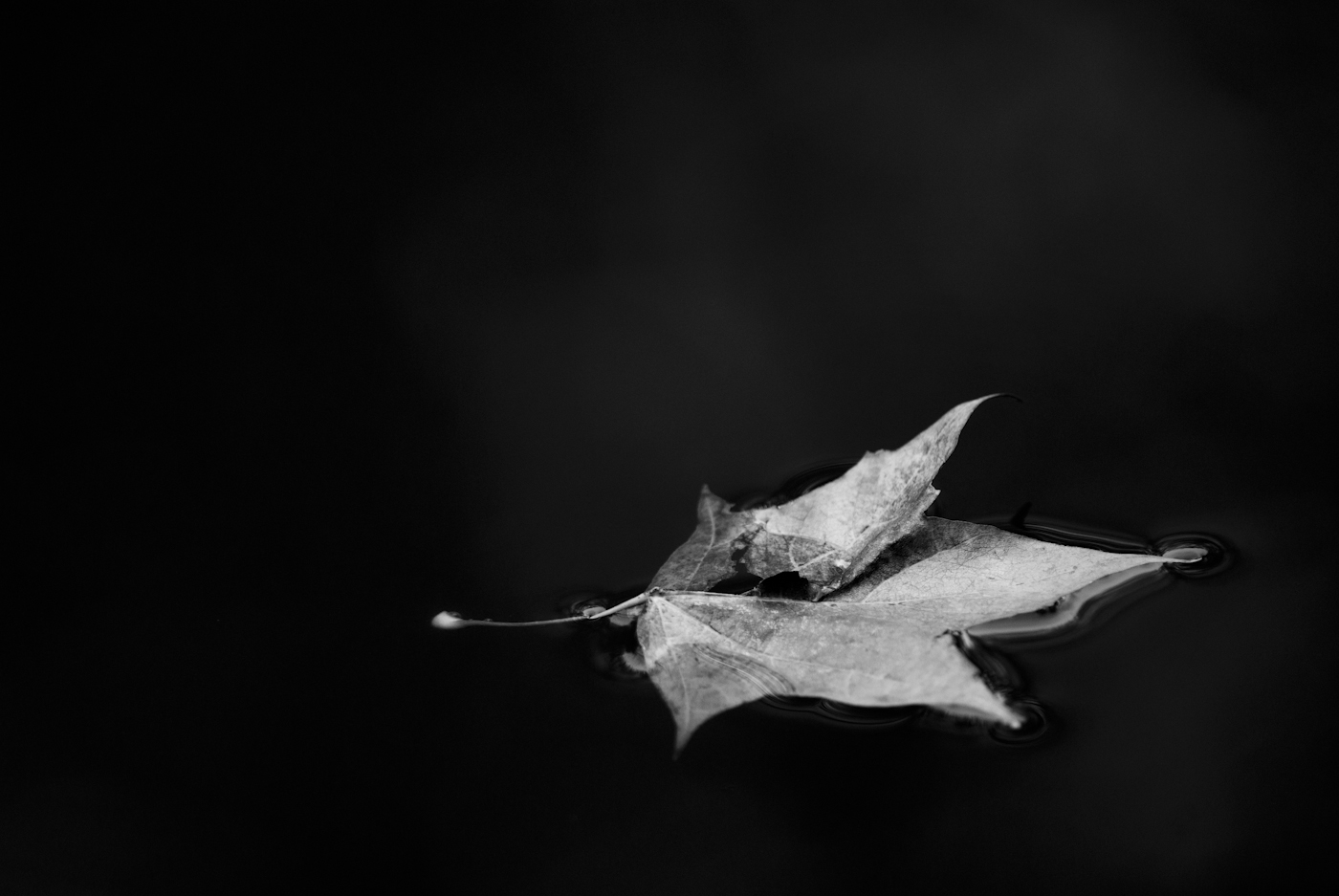
In much the same way that high-key images are effective, low-key images with harsh dark backgrounds can also offer excellent photographic opportunities. For the best results, low, harsh lighting from the side falling onto the subject, with a deep dark shadow behind for a background, creates a perfect environment for creating low-key black and white photographs with impact. The floating leaf is an example of how a low-key image and dark background can concentrate a viewer onto a simple element in a frame, making it far more powerful.
ISO settings
When photographing in black and white, noise can very quickly become apparent. As a rule, try and stick to the lowest ISO setting that your camera can produce as this will see the maximum image quality recorded. With some modern cameras that are capable of producing stunning results even up to crazy ISO settings, the boundaries can be pushed but in order to create the best images, lower is often better.
Shooting in colour
It may sound odd, but for the best results in black and white, shoot in colour. Although many modern cameras do have a black and white feature, it often results in the loss of detail and tonal capture. Shooting in the highest possible quality for your camera (most often Raw), before converting to black and white later on, will produces far cleaner results that will look better on the screen and when printed. When working in post production, it often helps to add a little extra contrast to the image, pulling the tonal curve towards a rough S shape, as well as bringing up the black slightly to add more definition to your final image. You can often take black and white images to further extremes than is possible with colour photography, as in the end result the adjustments still appear natural to the eye.
Learning to see in black and white
If you keep heading out and pursuing black and white images, you will soon start to see the world slightly differently. As a photographer you will start to pick up on tonal changes within a scene – shadows and forms that will start to become evident to you every time you pick up a camera. By narrowing your photographic vision and restricting yourself to look only at the fundamental parts of an image, you will not only improve your black and white photography, but additionally focus your general photography as well.
Gear up and get out there!
The best thing with black and white wildlife photography is that it doesn’t really require any additional gear, so everyone can head out into the fields and have a go! To get into the frame, why not take a look at some of the past entries to the Wildlife Photographer of the Year Competition; the black and white category always has some stunning masterpieces for some additional inspiration. With yourself suitably in the frame, get out around your local patch and get to work making some stunning black and white wildlife images!
About the Author
Tom Mason is an up-and-coming wildlife and nature photographer from Hertfordshire. He has worked on a number of projects both in the UK and abroad and is passionate about the natural world. For more information on Tom check out his blog or follow him on Twitter.



